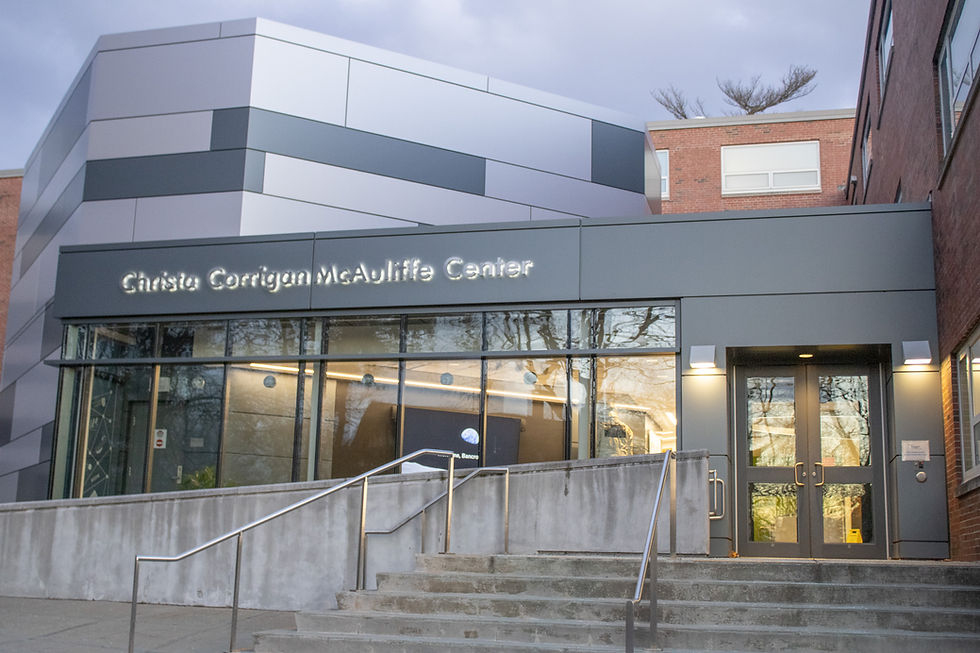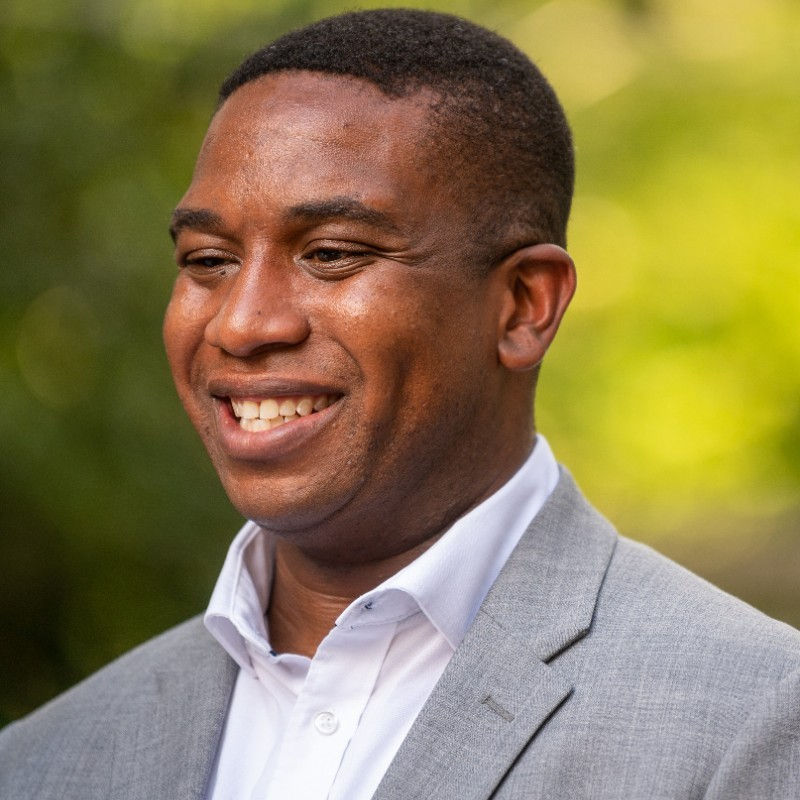Student fees rise 5 percent
- Bailey Morrison
- Oct 26, 2017
- 5 min read
By Bailey Morrison
FSU student tuition and fees have increased 5 percent for the 6scal year (FY) 2017-18 to $9,920 per year.
Last year, the tuition and fees amounted to $9,340 per year according to Dale Hamel, executive vice president.
Last year, tuition, fees and room and board amounted to $20,950 and this year total $21,740. The flat-rate for room and board is $11,660.
According to Hamel, the fee is set by the Board of Trustees.
FSU’s total budget for the 2017-18 year is $162 million, compared to $182 million for the 2016-17 fiscal year, said Hamel.
Hamel said while the budgets of all other Massachusetts state universities and community colleges were cut by 1 percent by the Commonwealth, Framingham State received a $200,000 increase.
The increase was allocated after FSU petitioned the legislature for the money. Even with this increase, student fees rose because of inflationary costs.
The inflationary costs are at roughly 3 percent.
SGA president Kyle Rosa said the University does not decide how much money the it is allocated for its budget.
Rosa said the 5 percent increase means students are paying more to obtain a degree. “In order to change that, we the students must tell our elected officials that higher education is important and needs more funding.”
STUDENT INVESTMENTS
Student Trustee Karl Bryan said the 5 percent increase is a “necessary evil. Each year, costs increase due to many different factors that are out of the hands of the school’s administration. Coupling this with the fact that ... the state government does not fund higher education at the rates that are necessary to keep student fees down, we were stuck between a rock and a hard place.”
He added, “It stinks that just to keep things at the level they are, in terms of services to students and upkeep of the campus, we need to rely on increasing student fees, but as long as the state continues to not fulfill their obligations, this is the situation we will continue to 6nd ourselves in.”
Hamel said in order to prevent student fees from increasing any further due to the rising costs, the University cut costs elsewhere and accepted the budget de6cit projected for the 6scal year of 2017-18.
According to Hamel, the University anticipated a $400,000 deficit – the same as the deficit from 2016-17. He said the University has partially grown out of the de6cit because of expenditure cuts and successful stock market investments.
The de6cit is currently projected at $180,000.
President F. Javier Cevallos said, “Every time we have to raise student fees, you pay for it and it always becomes an issue. We do believe in investing in financial aid, so we have put money in financial aid to help students help defer costs of education.
“We try to be as responsible as we can with our fees,” he added.
Hamel said student fees go toward “general operations,” including faculty and staff salaries, supplies, equipment, debt payments and building maintenance.
Cevallos said FSU is not the only university facing an increase in student fees, as the cost of attending college in Massachusetts is rising.
According to the Massachusetts Department of Higher Education website, Framingham State is the fourth most affordable school of the seven state universities.
The cost of tuition and fees at Massachusetts Maritime Academy is $8,398, at Worcester State it is $9,532 and at West6eld State it is $9,716.
At $12,700, Massachusetts College of Art and Design is the most expensive.
Hamel said the University saw an increase in funding for financial aid from $39 million last year to $42 million this year. This is federally funded each year.
The Alumni Association will contribute $495,000 in 6nancial aid support to students for FY 2017-18, Hamel said.
Eric Gustafson, executive director of Alumni Relations, said in addition to this contribution, the Alumni Association will award its annual Leadership Scholarship Fund to two students.
The Alumni Association completed a six-year fundraising campaign on June 30 and raised $13 million dollars. The goal for FY 2017-18 is to raise $2 million.
CAPITAL PROJECTS
According to Hamel, the University is working with an $118 million operating budget for FY 2017-18. This is a 2.5 percent increase from the $113 million last year. This increase is a response to “inflationary costs,” which include changes in costs for personnel, contractors and utilities.
The capital funding budget for 2017-18 is $7.4 million and covers any major projects the University completes during FY 2017-18.
This year, part of the budget was allocated to maintenance of the May Hall air conditioning system, renovations in the library, replacing a water chiller in Hemenway Labs and purchasing a small boiler for the power plant to be utilized during the off-seasons, said Hamel.
Last year, the capital funding budget was $28 million. This decrease is due to the completion of the Hemenway Labs renovations.
Hamel said the renovations began in 2011 and cost $84 million. The Commonwealth of Massachusetts allocated $56 million for the project. The legislature passed an appropriation in 2008 before construction began that allowed for an additional $8.4 million to be allocated for the project from the
state.
FINANCIAL STABILITY
Framingham State and other Massachusetts state universities are reviewed to determine their
individual 6nancial health. Ratios such as total debt burden, unrestricted and expendable net assets and viability are weighed and then compiled to determine the 6nancial security of the institution.
The ratio is called a “Composite Financial Index Score.” It essentially measures how 6nancially stable an institution is based on its current debt, assets and how much money the university has saved.
Hamel said the primary reserve ratio is a collection of “unrestricted and expendable net assets.” This assesses the viability and longevity of the University if FSU suddenly lost all of its revenue.
The Board of Higher Education (BHE) has set a target of 25 percent which represents coverage of all operating costs for three months. FSU is at 45 percent, which would cover almost six months without any additional funding.
Framingham State has a debt burden ratio of 4.5 percent, which is less than the 5 percent cap set by the BHE.
Hamel said, “Debt burden is de6ned as how much of the annual budget is going to debt payments. A larger ratio would limit ability to spend on other budget items.”
Additionally, Hamel said there is a ratio that determines the overall financial stability called the “viability ratio.” This “theoretical ratio” determines how much “coverage” the University has if it had to use all unrestricted assets to pay off its current debts.
The University’s viability ratio is at 1.1, which means there are 10 percent more funds available than debt balances. This would mean if the University liquidated all its unrestricted assets, the debt would be fully covered.
Hamel said, “This ratio just provides a sense of the extent of debt leverage and whether it is increasing or decreasing over time.”
Once these numbers are weighed against one another, the individual ratios are compiled to determine the Composite Financial Index Score.
According to Hamel, at 4.5, FSU has the highest Composite Financial Index Score of the state
universities. The threshold to be considered in “good 6nancial health” is 3.0. He said this means the University is “secure,” but doesn’t mean the University has additional money to spend.
STRAGETIC PLAN
Cevallos said the University launched a new 6ve-year Strategic Plan. Part of the Strategic Plan is funding projects to bene6t students.
According to Hamel, the University has allocated $150,000 from the fund toward a program called “World of Work.” This project will be funded by College Operations – which is primarily student fees.
Cevallos said the “World of Work” program, which will be developed into a certificate program, will help students develop workplace skills to make them “highly employable. ... We hope to work with businesses in the area to hire our students.”
He said, “The goal is to be as effective and efficient as we can be ... with limited resources.”
Cevallos added, “We want to ensure the success of our students in the workforce.”





